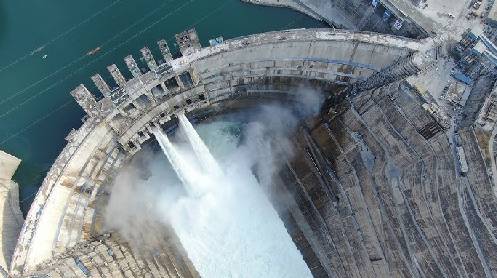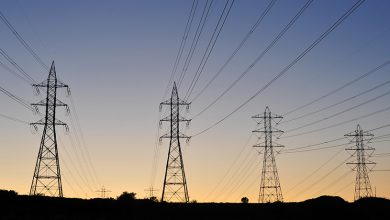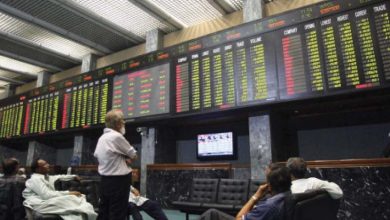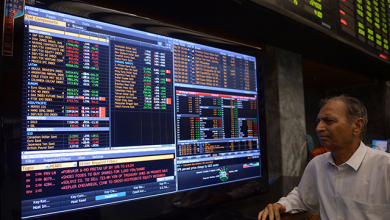Power generation drops 6.4%

Power generation declined by 6.4% to 12,487 gigawatt-hours (GWh) in Pakistan in September, compared to the same month last year. This was due to a significant rise in energy prices beyond affordability, the expansion of off-grid low-cost solar power production nationwide, and low demand for electricity from poorly performing industrial sectors.
The persistent drop in demand for power from the national grid is set to increase the capacity payment burden on end-consumers, making electricity more expensive amid the government’s ongoing efforts to reduce power prices through structural reforms, voluntary agreements by Independent Power Producers (IPPs), and ongoing negotiations with the IPPs.
Low-cost nuclear production dropped significantly, by 30%, to 1,596 GWh year-on-year in the month under review, while generation from expensive imported coal surged by 78% to 1,148 GWh, massively changing the composition of the energy mix. This caused a 12.4% increase in fuel costs, raising the overall power tariff to Rs8.34 per unit in September compared to the same month last year.
Citing National Electric Power Regulatory Authority (NEPRA) data, Arif Habib Limited (AHL) reported that in the first quarter (July-September) of the current fiscal year 2024-25, power generation fell by 8.1% to 40,546 GWh, compared to 44,137 GWh in the same period last year. Production also decreased by 5.3% in September compared to August 2024.
Speaking to The Express Tribune, AHL Head of Research Tahir Abbas said the apparent shutdown of one of the country’s nuclear power plants for annual maintenance was responsible for the significant reduction in low-cost nuclear generation. This forced the government to increase production from expensive imported coal.
He noted that during September 2024, actual power generation was 10% lower than the reference generation. “This decline in generation is expected to result in higher capacity charges of Rs5.6 per kilowatt-hour (kWh) for December 2024, January 2025, and February 2025.”
However, he added that 75-80% of power generation came from zero-fuel-cost sources such as hydropower, nuclear, and local fuel, including coal and gas.
Abbas highlighted that electricity demand has been declining for several months due to persistent hikes in power prices, largely caused by the increasing burden of capacity charges. He suggested that demand might rise once the government successfully negotiates with IPPs to switch from a ‘take-or-pay’ to a ‘take-and-pay’ model, which would reduce energy costs.
He stressed the importance of making electricity more affordable to boost demand, particularly in reviving industrial growth, including large-scale manufacturing. Otherwise, electricity prices will continue to increase, along with rising capacity payments by end consumers to IPPs.
The breakdown of power generation data shows that the country took its highest production from hydropower plants, generating 4,838 GWh in September, accounting for around 39% of the total energy mix. This was followed by production from imported LNG-based plants, which generated 2,039 GWh, accounting for around 16% of the energy mix.
The share of nuclear power in the energy mix dropped to 13% in September from 17% in the same month last year. The share of imported coal-based power production nearly doubled to 9.2% of the energy mix, compared to 4.8% last year.
Power production from local coal dropped by 15% to 1,261 GWh year-on-year, reducing its share in the energy mix to 10%, compared to 11% in September 2023. Moreover, production from local gas fell by 17% to 988 GWh, although its share in the energy mix improved slightly to 7.9%, compared to 7.5% last year.
The share of solar and wind power in the energy mix edged up to 0.8% and 3.2%, respectively, from 0.6% and 3.1%.
In the power tariff breakdown, a major increase in fuel costs was observed in bagasse, with a 108% rise to Rs12.48 per unit from Rs5.98 per unit. Local coal prices rose by 61% to Rs12.29 per unit from Rs7.62 per unit. The fuel cost of nuclear power surged by 29% to Rs1.54 per unit from Rs1.20 per unit, while the price of imported coal rose by 5% to Rs16.60 per unit from Rs15.79 per unit.





